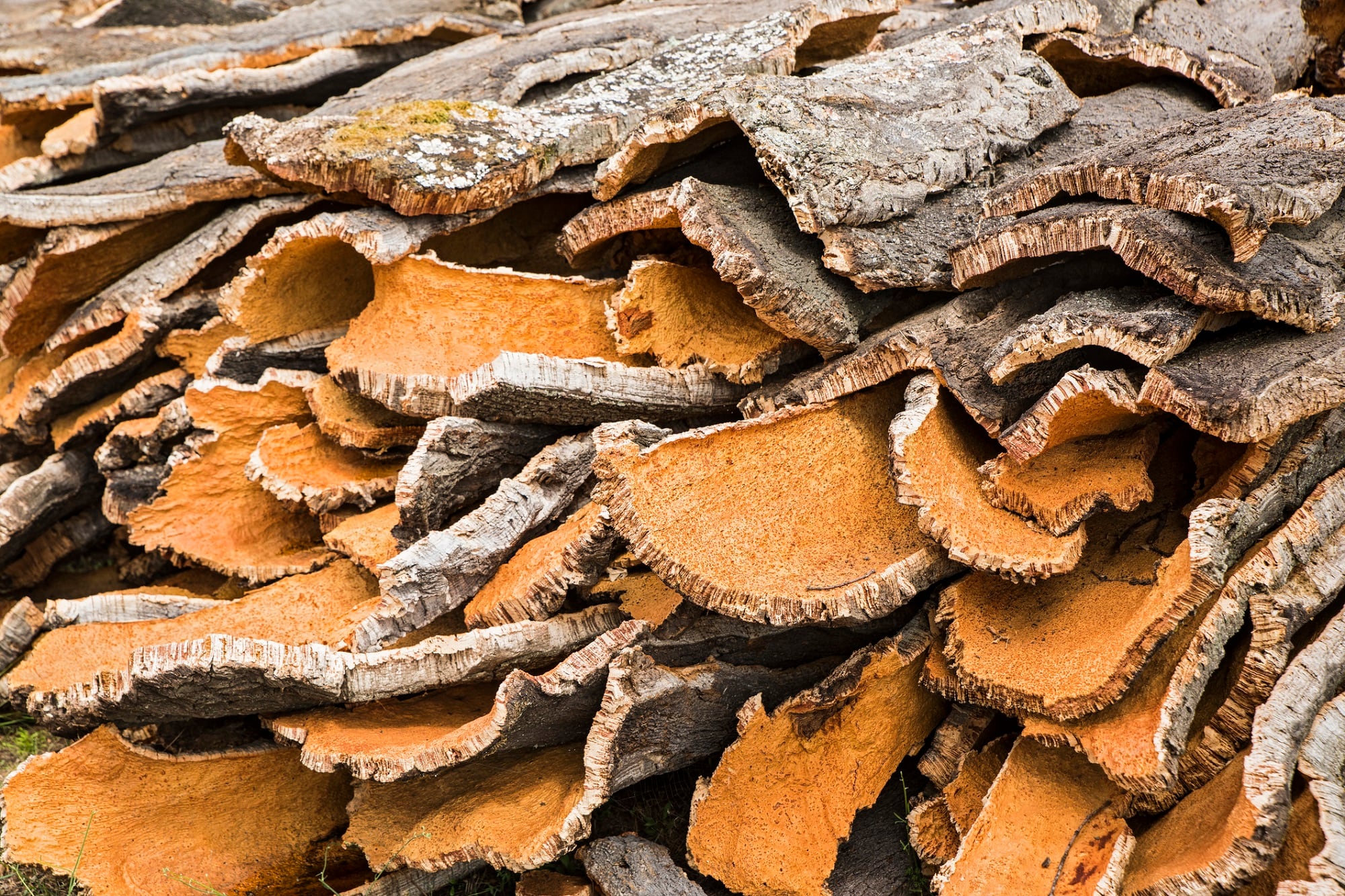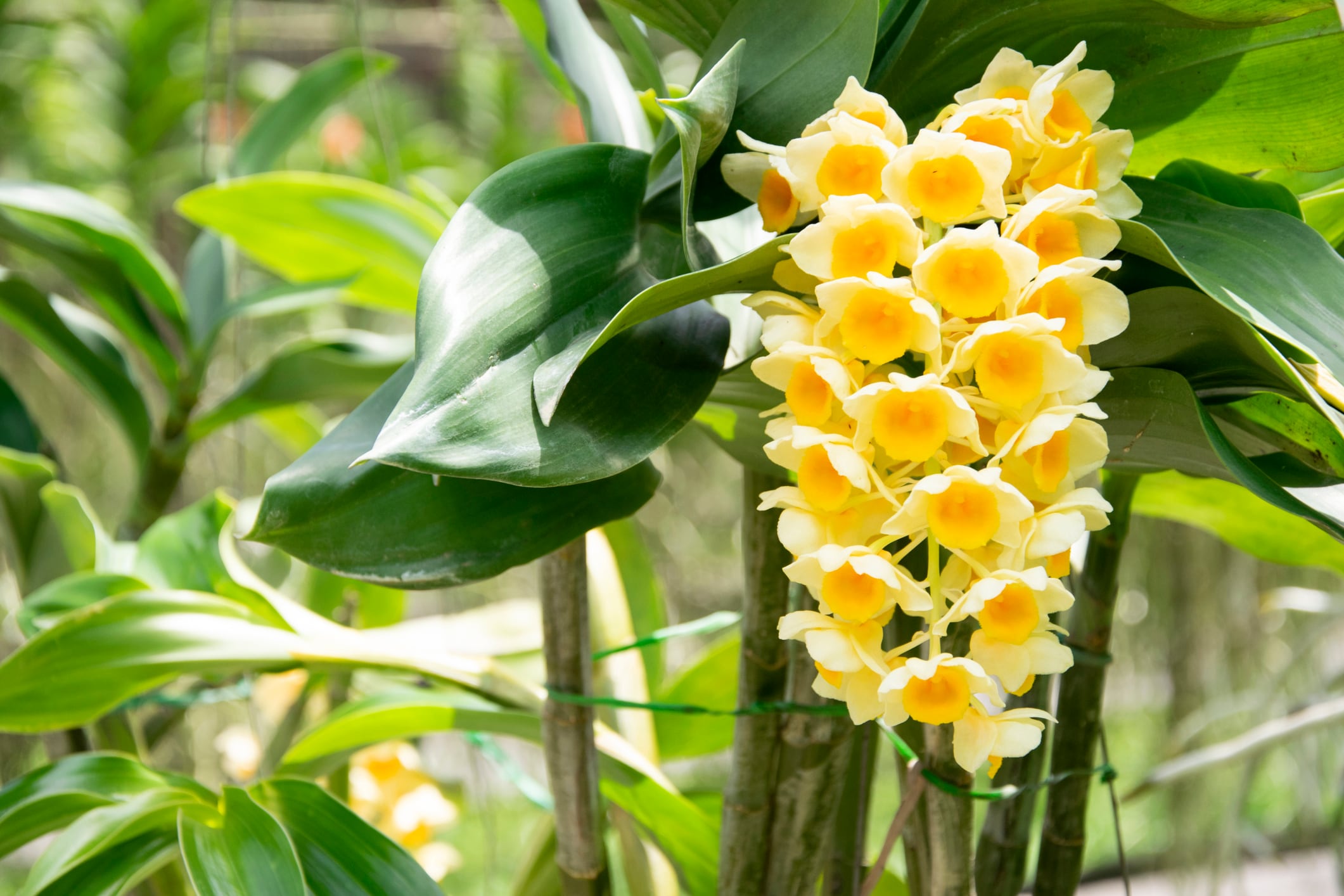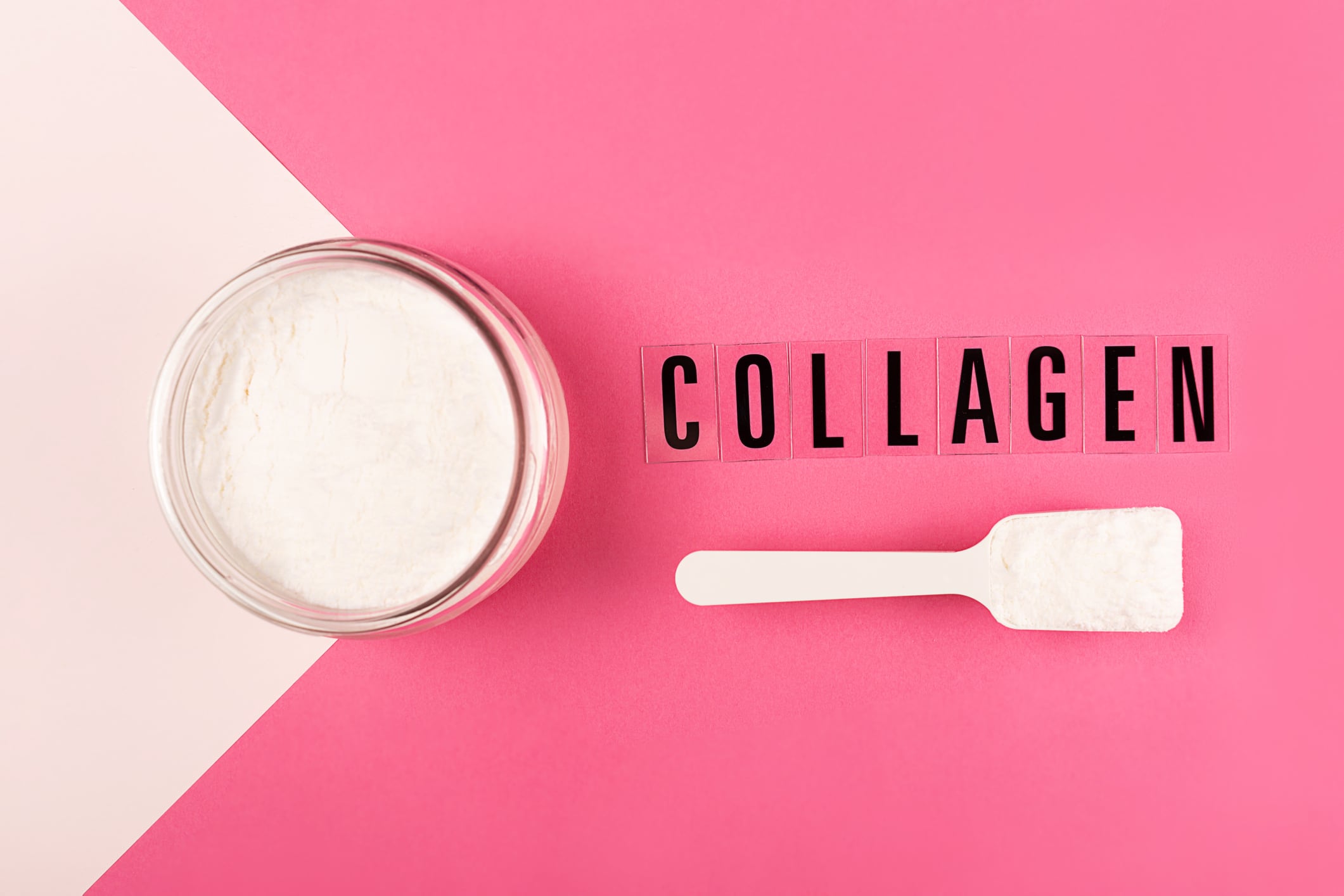In a recent study published in Processes, researchers found the inclusion of cork extract into commercial cosmetic formulations improved antioxidant function.
“The application of cork extracts as ingredients in cosmetics...is revealed to be a promising and green route to replace harmful ingredients normally used in industry,” stated researchers.
Cork comes from bark of the Quercus suber L., or cork oak tree. Cork is a renewable resource since the trees are not harmed by the harvesting process and can be harvested every nine years. Prior research demonstrates the usefulness of cork extracts in the cosmetic industry due to its bioactive compounds.
Natural deep eutectic solvents (NADES) were used to create the cork extracts and three different formulations were used. During the extraction process, researchers found that solvent characterization impacted different parameters including "polarity, density, and viscosity, which influenced the amount and quality of extracted compounds."
As reported in the study, "the extracts obtained contain different components with antioxidant and antimicrobial activities, including fatty acids and their derivatives, small alcohols and acids, aromatic compounds, sugars, terpenoids, and others."
NADES were chosen for extraction as prior studies have found that NADES resulted in higher extraction yields of bioactive compounds. The NADES mixtures included Extract 1 (lactic acid and glycerol); Extract 2 (lactic acid and glycine); Extract 3 (lactic acid and sodium citrate).
Cosmetic formulations
Two different cosmetic formulations were chosen: moisturizer ATL (Formulation A) and cream Cien Urea 10% (Formulation B). Each formulation was mixed with each of the three extracts then assessed for 90 days.
Results indicated acceptable variations in particle size and surface and organoleptic properties. Accelerated stability testing showed Formulation B to be more receptive to the inclusion of cork extract.
Both formulations showed strong antioxidant action with a reduction in DPPH by 70 to 90%. The authors write, “several studies have confirmed that the presence of phenolic acids, together with the primary constituent of Quercus suber L., suberin, provides a wide range of capabilities, including antioxidant and free radical scavenging properties.”
The formulations with cork extract also showed transdermal permeations with an active action on cellulose acetate membranes. When tested on pig skin, the greatest transdermal permeation was for either formula containing Extract 2 (lactic acid and glycine).
Results and conclusions
Extensive testing revealed that when incorporated into cosmetic formulations, the cork extracts remained stable with the reported data reflecting that "particle sizes and surface charges are maintained after 60 days of storage at room temperature." It was also discovered that "certain chemicals found in Quercus suber L. bark, such as phenolic acids, suberin, and terpenes, inhibit oxidation and increase antioxidant capacity."
Therefore, researchers, concluded, "the safety of the final formulations is ensured for concentrations of extract below 10mg/mL."
Source: Processes
2023; 11(2):309 https://doi.org/10.3390/pr11020309
“NADES-Based Cork Extractives as Green Ingredients for Cosmetics and Textiles”
Authors: Rocha, D. et al.




